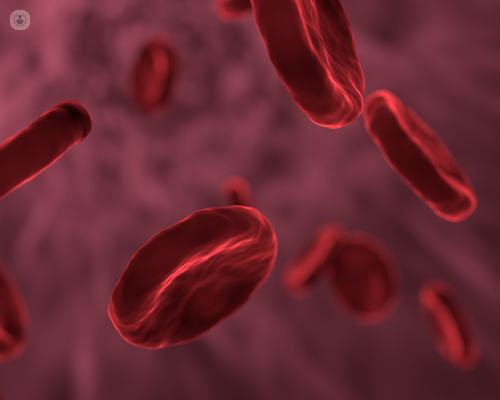Immunophenotyping
Immunophenotyping is a diagnostic method used to identify and characterise cell populations based on the proteins (antigens) present on their surface.

Below is an overview of key aspects related to immunophenotyping:
What is analysed?
Immunophenotyping involves the analysis of specific antigens present on the surface of cells, particularly white blood cells, to identify different cell types and their characteristics.
What does the result mean?
The result of immunophenotyping provides information about the types of cells present, their proportions, and their antigenic characteristics, aiding in the diagnosis and classification of various blood disorders and immune system abnormalities.
Why undergo the analysis?
Immunophenotyping is performed to diagnose and monitor conditions such as leukaemia, lymphoma, immune deficiencies, and autoimmune diseases. It helps in understanding the immune system's response and disease progression.
When to undergo the analysis?
Immunophenotyping is recommended when there are suspicions of blood disorders, abnormal immune responses, or when monitoring treatment responses in patients with known blood-related conditions.
What sample is required?
A sample of peripheral blood, bone marrow, lymph nodes, or other tissues containing immune cells is required for Immunophenotyping analysis.
Is any prior preparation necessary?
In general, no specific preparation is required for immunophenotyping. However, patients should follow any instructions provided by their healthcare provider regarding fasting or medication restrictions.
How is it used?
Immunophenotyping results assist healthcare providers in diagnosing specific types of blood disorders, determining disease severity, guiding treatment decisions, and monitoring disease progression over time.
What are the normal values?
Normal values for immunophenotyping vary depending on the cell type and the specific antigens being analysed. Interpretation of results is based on comparison with established reference ranges.
Immunophenotyping reference table
| Cell Type | Antigen Expression |
| B lymphocytes | CD19, CD20, CD21, CD22 |
| T lymphocytes | CD3, CD4, CD8 |
| Natural killer cells | CD16, CD56 |
| Plasma cells | CD138 |
This table provides examples of antigen expressions commonly assessed during immunophenotyping, aiding in the interpretation of results and diagnosis of haematological disorders.
What do altered values signify?
Altered immunophenotyping values may indicate abnormal cell populations, immune system dysregulation, haematological malignancies, or other pathological conditions, requiring further evaluation and intervention.